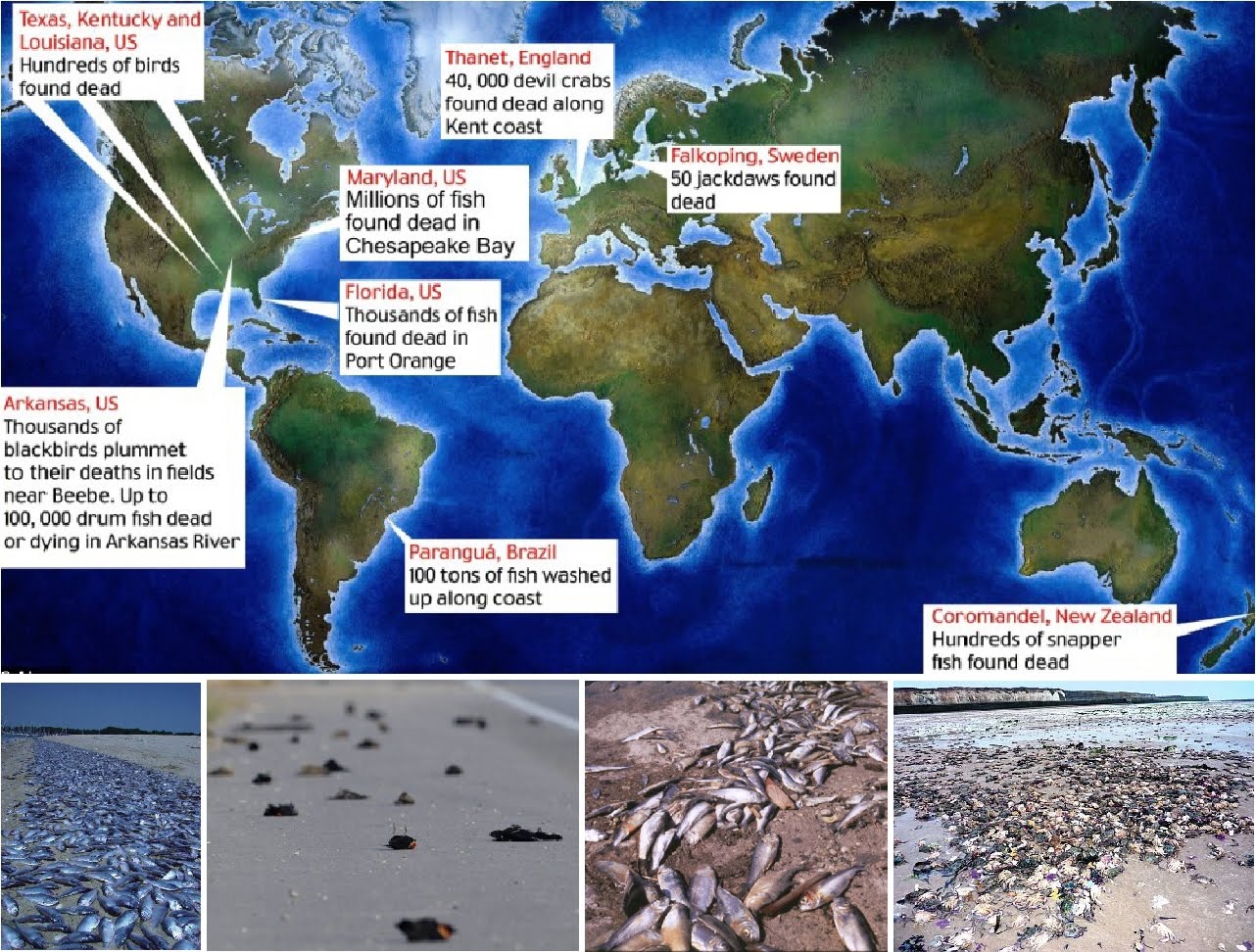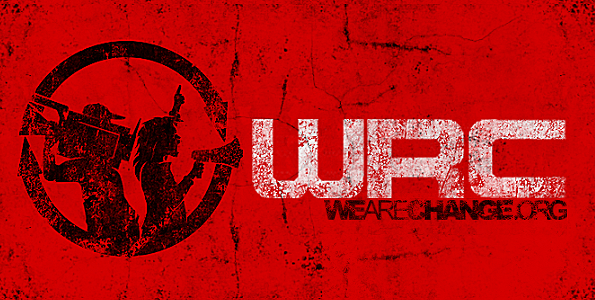Two-thirds of wild animals will vanish by 2020, largest mass extinction since dinosaurs.

“At some point the earth is going to say ‘enough.”
A damning new report from the World Wildlife Fund has found a precipitous decline in the world’s animal populations as thousands of species scramble to survive against a sole enemy: humans.
The 2016 version of WWF’s biennial Living Planet Report, published Thursday, found a 58 percent overall decline in vertebrate populations from 1970 to 2012, the latest year with available data. The nonprofit warned that if current trends continue, the world could lose more than two-thirds of wildlife by 2020.
“As humanity continues to demand more and more of the earth and puts pressures on our natural capital, what we’re seeing is the fraying of wildlife,” said Colby Loucks, senior director for the WWF’s Wildlife Conservation Program.
Humans have affected the entire spectrum of vertebrate life ? fish, birds, mammals, reptiles and amphibians, the report says. The document’s warning of vanishing wildlife refers to total population size, not the number of species that will go extinct. That’s an entirely different problem.

Loucks linked wildlife losses to what he called the “five horseman” of the environmental apocalypse: habitat loss, over exploitation, pollution, invasive species and climate change. Those factors have undercut the 3,706 species documented by the WWF on land and in ocean and freshwater habitats.
Freshwater species have been hit hardest, with populations declining 81 percent, according to the report. The freshwater biome covers less than a 0.01 percent of the planet’s surface, but holds about 1 in 10 known wildlife species.
“There’s less of the cuddly panda phenomenon going on there, because humans need water to survive, to grow crops,” Loucks said, noting that “oftentimes we see freshwater for human use,” and not for conservation.

Why are there massive die offs of different species of animals around the world ?
Humanity has expanded so much ? clear-cutting rainforests, poaching big game, overfishing the seas ? that it now requires the equivalent of “1.6 earths to provide the goods and services we use each year,” the report says.
WWF ranks what it calls the “ecological footprint” of this consumption ? basically the amount of resources a human lifestyle requires in a defined region. Rich nations, including the United States, Canada and Australia, have some of the biggest footprints in the world.
“I don’t think people really know the extent of these declines,” Loucks said. “Ultimately, we’re going to need collective action to try and maintain both humans and what we need, as well as the natural world.”
Freshwater species have been hit hardest, with populations declining 81 percent, according to the report. The freshwater biome covers less than a 0.01 percent of the planet’s surface, but holds about 1 in 10 known wildlife species.
“There’s less of the cuddly panda phenomenon going on there, because humans need water to survive, to grow crops,” Loucks said, noting that “oftentimes we see freshwater for human use,” and not for conservation.
 Humanity has expanded so much ? clear-cutting rainforests, poaching big game, overfishing the seas ? that it now requires the equivalent of “1.6 earths to provide the goods and services we use each year,” the report says.
Humanity has expanded so much ? clear-cutting rainforests, poaching big game, overfishing the seas ? that it now requires the equivalent of “1.6 earths to provide the goods and services we use each year,” the report says.
Nearly three-fifths of all animals with a backbone – fish, birds, … Humanity decimating planetary wildlife as global wildlife stocks predicted to fall two–thirds by 2020 ~ The Daily Telegraph
WWF ranks what it calls the “ecological footprint” of this consumption ? basically the amount of resources a human lifestyle requires in a defined region. Rich nations, including the United States, Canada and Australia, have some of the biggest footprints in the world.
“I don’t think people really know the extent of these declines,” Loucks said. “Ultimately, we’re going to need collective action to try and maintain both humans and what we need, as well as the natural world.”
Other major endeavors this year documenting animal populations have revealed similarly shocking declines. The first full census of African elephants found a 30 percent drop across the continent in just seven years. Wide swaths of Australia’s Great Barrier Reef have become a coral graveyard. Even the loneliest frog on Earth died, a symbol of “the extinction crisis.”
The WWF report says there’s still time to stop mass extinction. Major worldwide initiatives to halt climate change and recent shifts toward renewable energy ensure we are not “starting from scratch,” the report says.
“The facts and figures in this report tend to paint a challenging picture, yet there is still considerable room for optimism,” the report reads. “If we manage to carry out critically needed transitions, the rewards will be immense.”
Changes should include a revamped food system that balances human need with planetary capacity.
“Sustainability and resilience will be achieved much faster if the majority of the Earth’s population understand the value and needs of our increasingly fragile Earth,” the report says. “A shared understanding of the link between humanity and nature could induce a profound change that will allow all life to thrive.”
Loucks noted that such changes are “really, really hard” and mandate long-term thinking.
“When we’re going to start seeing impacts more locally, your favorite lake dries up or your favorite species is no longer there, maybe at that point you start thinking longer term,” he said. “Each individual is going to have their threshold when they’re going to start saying, ‘Wow, I care.’

“But at some point the earth is going to say ‘enough.’ And that’s going to be catastrophic.”
written by
Follow WE ARE CHANGE on SOCIAL MEDIA
SnapChat: LukeWeAreChange
fbook: https://facebook.com/LukeWeAreChange
Twitter: https://twitter.com/Lukewearechange
Instagram: http://instagram.com/lukewearechange
Sign up become a patron and Show your support for alternative news
We use Bitcoin Too !
The post In only 50 Years Humans Are Close To Killing Off Two-Thirds Of All Wildlife appeared first on We Are Change.
from We Are Change http://wearechange.org/50-years-humans-close-killing-off-two-thirds-wildlife/




No comments:
Post a Comment